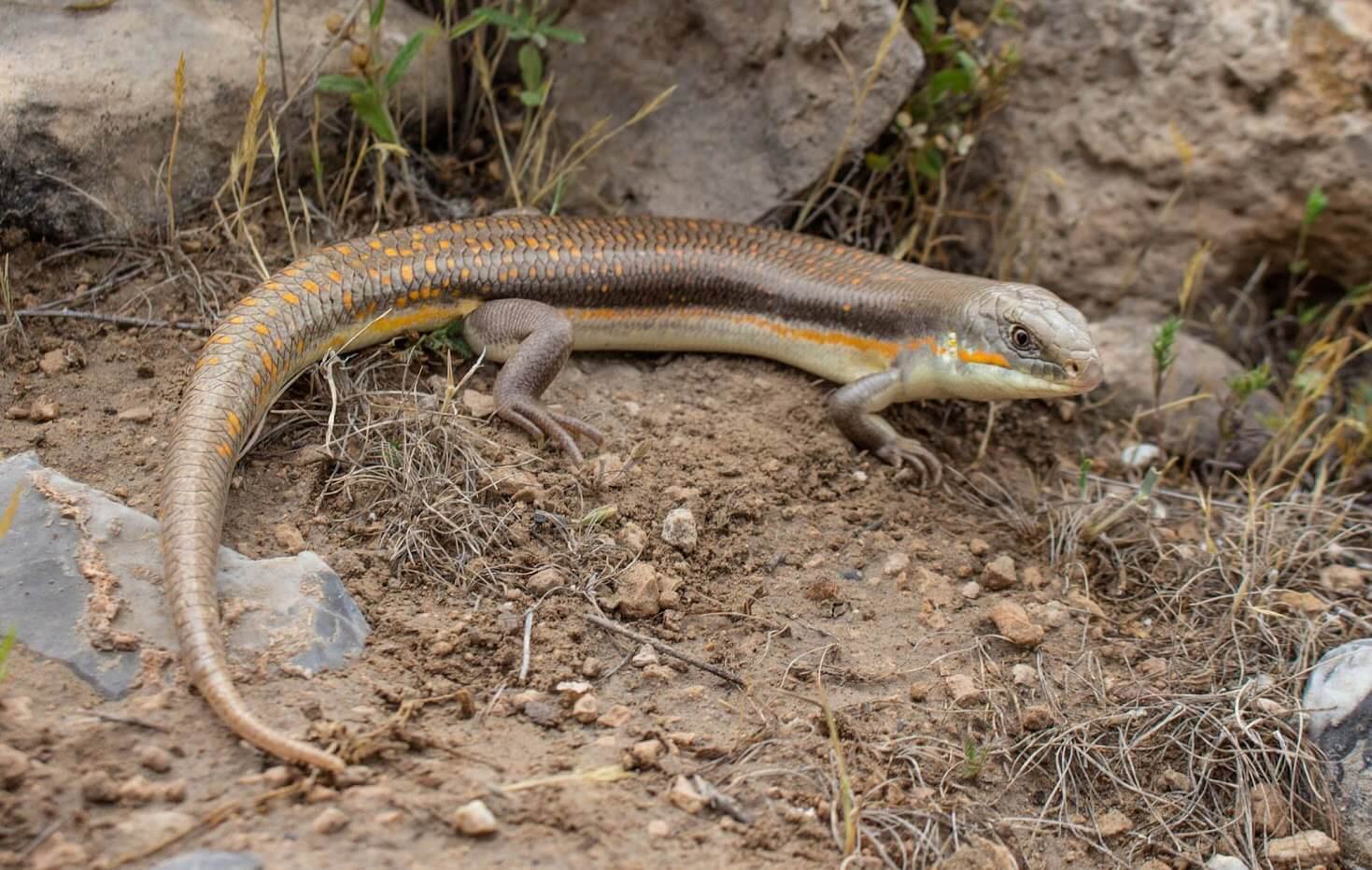Author: Saint Louis Zoo Herpetarium Keeper Isaac Wilson
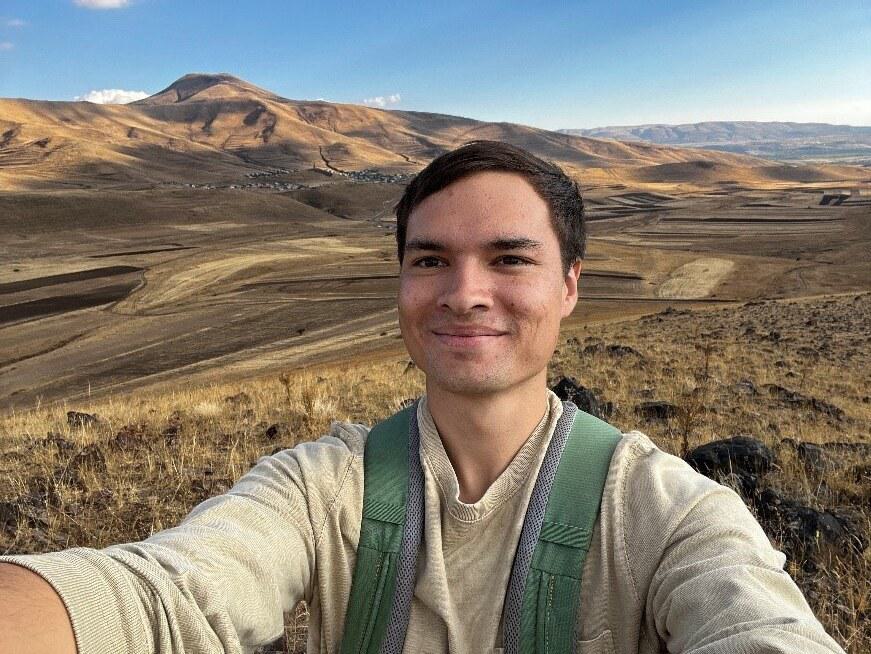
For nearly 20 years, the Saint Louis Zoo has worked to conserve animals in Western Asia, specifically Armenia, through our WildCare Institute Center for Conservation in Western Asia. Operating in Armenia, we have worked over the years to collect data on endangered reptiles, formally protect natural areas, and build relationships with collaborators in Armenia and across the United States.
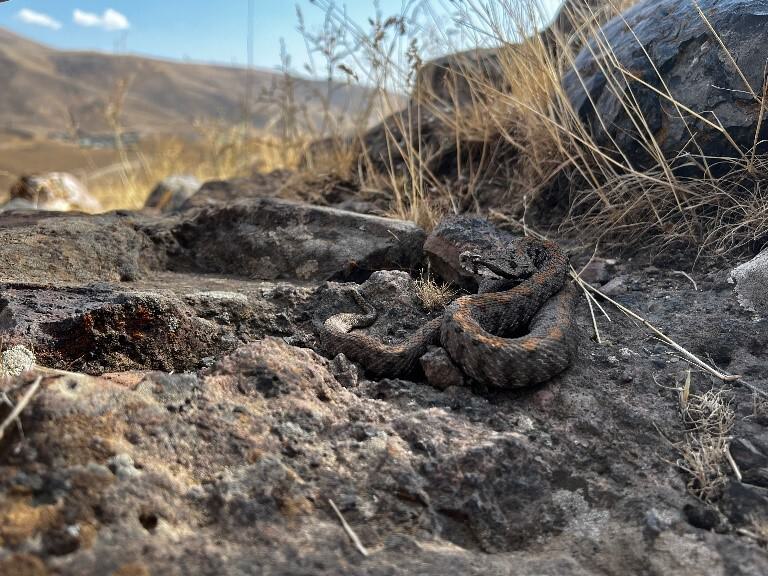
In October 2022, with funding help from the non-profit organization Conservation Nation, I traveled to Armenia with several other professionals from three U.S. zoos to assess free-living Armenian viper populations. Over the course of our two-week trip, we found several Armenian vipers in the field as well as several other species of reptiles and mammals. The snakes we found were measured, microchipped, and re-released where they were found. The data collected will be added to a larger data set from previous trips to the area to give us a better understanding of the biology and behavior of these understudied animals.
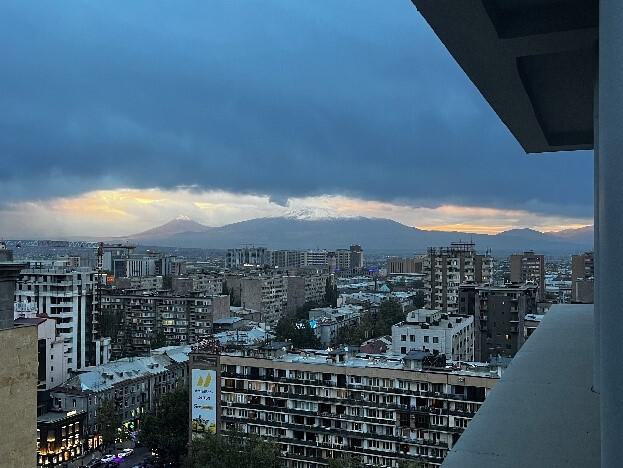
We spent our two-week trip in Armenia’s capital, Yerevan, in a rented flat with a beautiful balcony overlooking the city with a view of Mount Ararat. Most of our days consisted of field work, finding and collecting data on vipers. On third day of being in the field, I was able to find and catch my first Armenian viper. After having worked with this species for so long in captivity, finally being able to catch my first viper in the wild was a culmination of many years of work and developing my career to reach this point – a truly incredible experience.
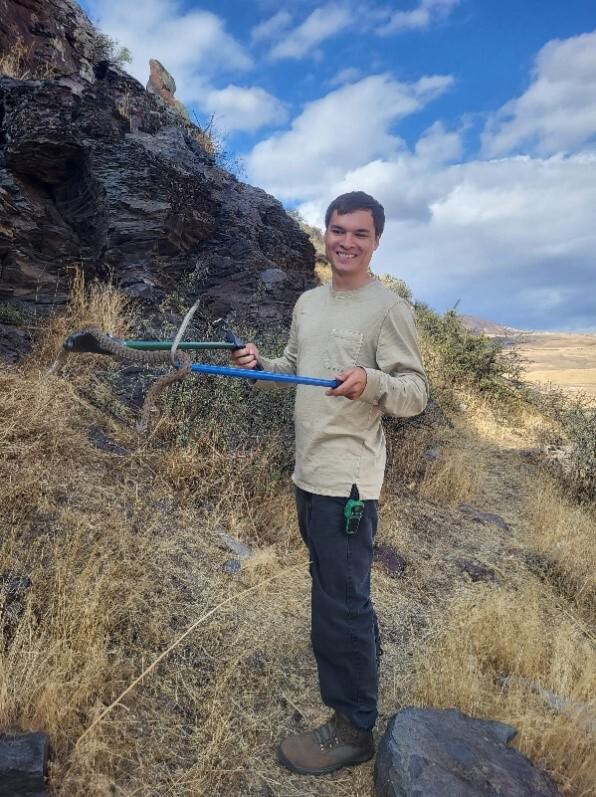
While I found working in the field satisfying and fun, the weather was a bit of a challenge—the first few days of fieldwork were very slow due to the hot and dry conditions. Fortunately, much-needed rain and a slight temperature drop helped to increase snake activity for the rest of our trip.
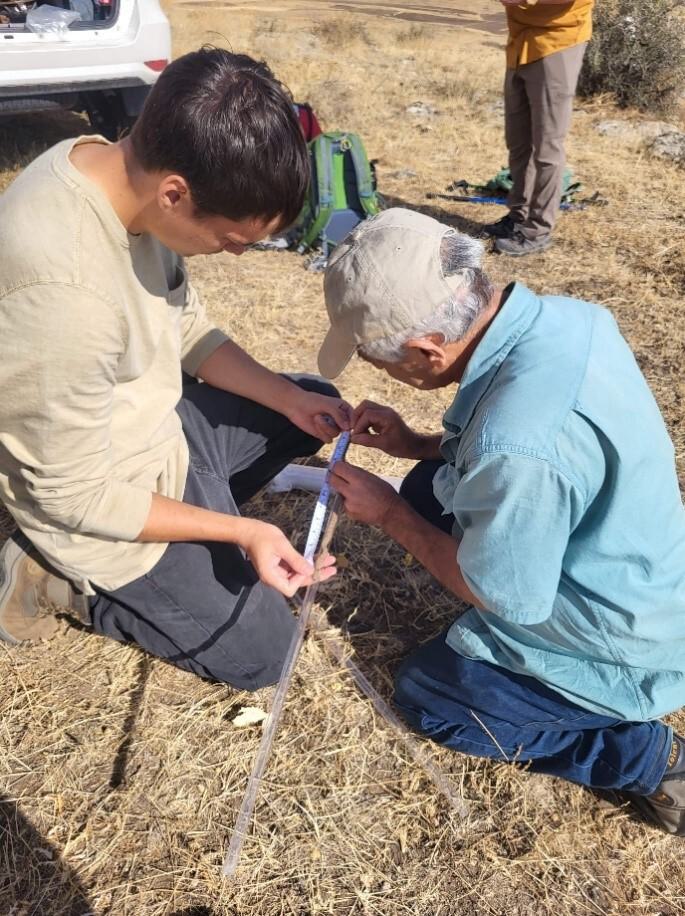
This was my first international trip for wildlife conservation, and it was a life-changing experience. As a keeper, I have worked with Armenian vipers and other reptile species from the areas we visited; it was a dream come true to see them in their natural habitat! The knowledge that I gained seeing these animals exhibit natural behaviors in the mountains of Armenia has helped me to understand their natural biology and has reinforced in me why this area is so important to conserve.
The highly diverse plants and animals that live in Western Asia are very special and deserve to live naturally, the way they have for thousands of years. In the future, I hope to stay involved in the Center’s work conserving these areas through our work collecting data on threatened or endangered reptiles and amphibians, educating locals of the importance of these animals, and continuing to protect threatened habitats.
